Tape-In Hair Care Tips Your Client Needs to Know
While there are many hair care tips that apply to all of Babe’s professional hair extensions—such as: avoid sulfates, use a 100% boar hair bristle brush, apply product from the mid-shaft down, don’t over-shower, etc.—there are also some that apply specifically to one method or another. Each method is distinct, and best practices for I-Tip may differ slightly from those of Fusion or Tape-In. So let’s take a look at the special considerations your client should keep in mind for Tape-In.
The two main things your client should know when caring for their Tape-Ins:
Be extra careful with oils.
Hair oils—such as argan oil, coconut oil, and essential oils—can be wonderful for hair and hair extensions alike. They coat strands in a nourishing, protective layer that hydrates the hair over an extended period of time. However, we recommend that women with hair extensions only apply hair oils from the mid-shaft to ends of their extensions in order to nourish the hair. All hair extension clients should exercise caution when using hair oils to ensure that the oil does not touch the bonds themselves (which can compromise hold and cause slippage), and Tape-In clients should take particular care because Tape-In bonds are designed to disintegrate when coated with oil (hence our oil-based Tape-In Bond Remover). To avoid premature slippage, advise your client to always read product labels, limit their exposure to additional oil, apply oil sparingly, and avoid wearing their hair up after oil has been applied. They should also avoid sleeping in oil-coated hair to prevent the unintentional spread of oil to the root area. When in doubt, Tape-In clients should opt for non-oily hydrating products.
Be extra careful with heat.
Each of our extension methods responds poorly to excess heat, but each one does so in different ways. The bond of Tape-In hair extensions can dissolve under intense heat, risking slippage or even damage to the client’s natural locks. Damage may look like fried hair, matting, or even breakage in or around the bond area, and can compromise the client’s eligibility for hair extensions in the future. Help your client to understand that they should avoid using heating tools—which provide close-range, concentrated heat—near the roots of their extensions, whenever possible. When they do use heating tools, they should always apply a heat protectant product beforehand, and pass the tool over the hair in a continuous motion to avoid lingering in one area. When blow-drying, clients should use a modest heat setting and keep the hair dryer at a distance from their hair. Again, heat protectant is mandatory, and a diffuser may prove useful, as well. Finally, when spending extended time outdoors, your client should make an effort to protect their hair from the sun by using heat protectant, a hat, scarf, or by arranging it in a protective style.
Caring for hair extensions is an extensive process, but it’s necessary for long-lasting, beautiful results. Equip your client with the knowledge they need to get the job done right!
If you have any questions or suggestions, leave them in the comments below and we’ll get back to you as soon as possible!






